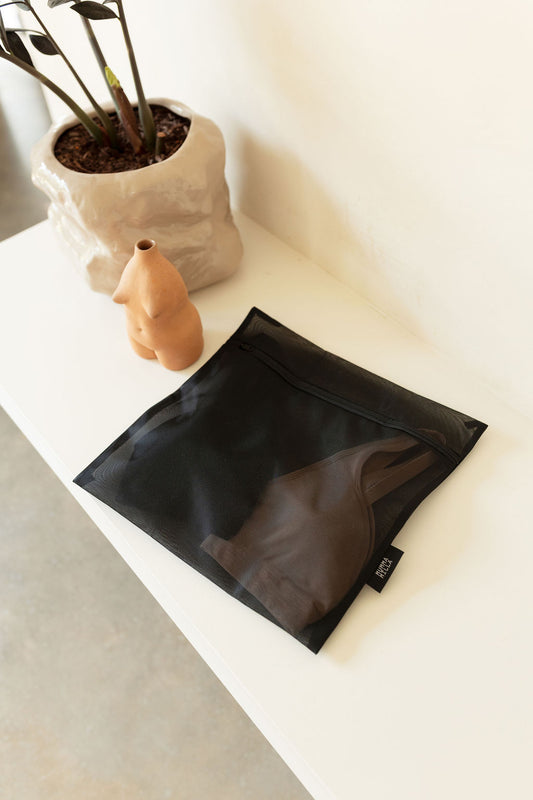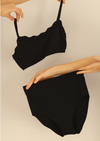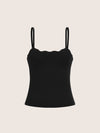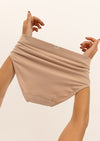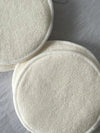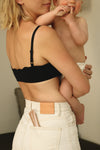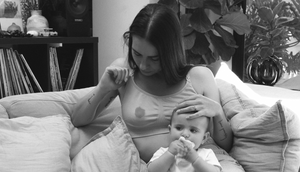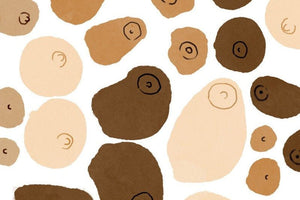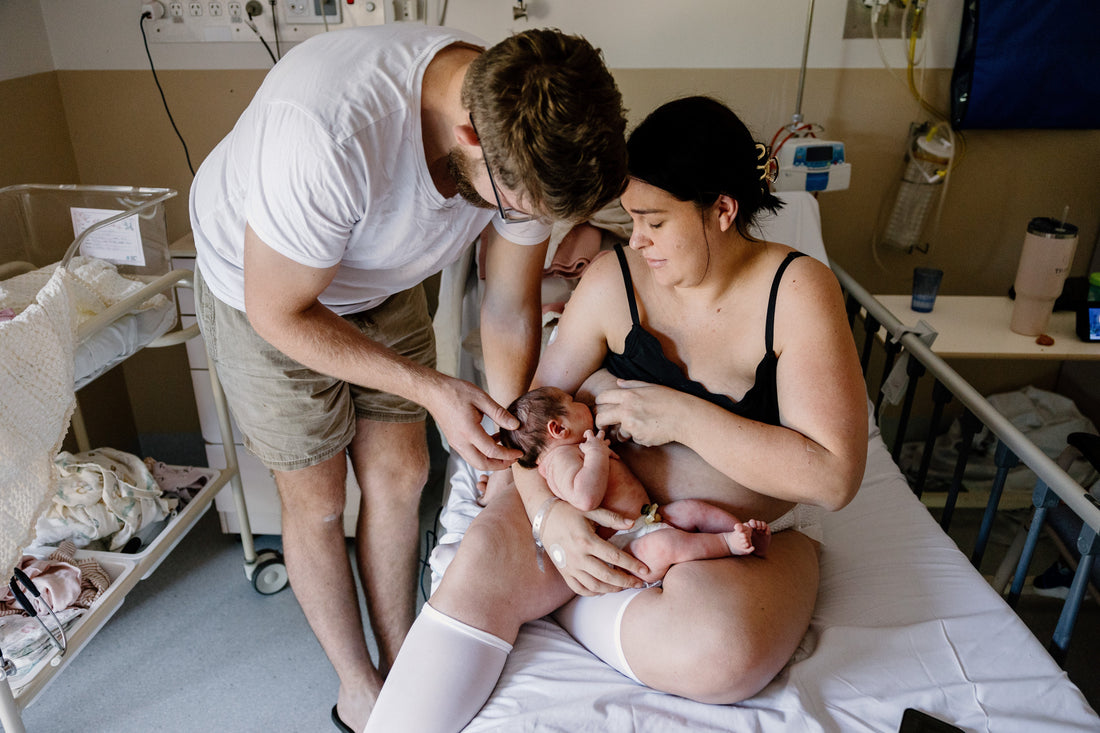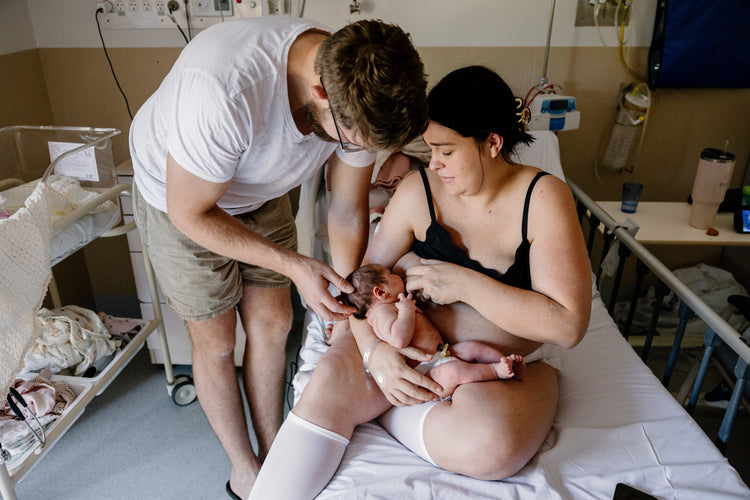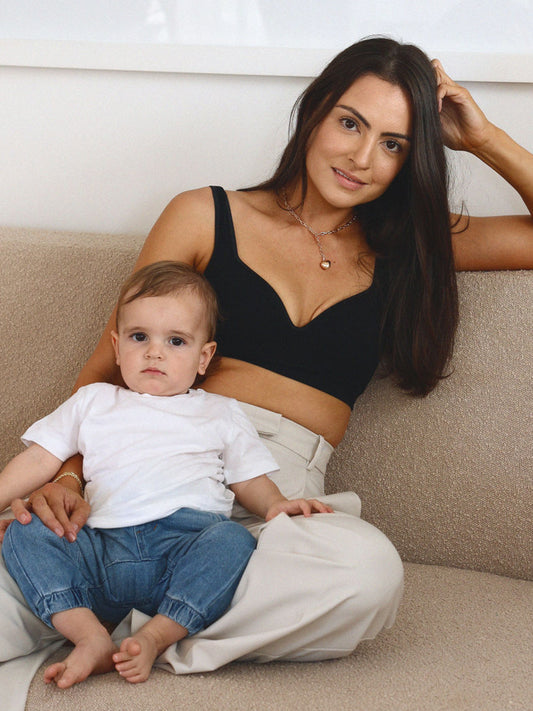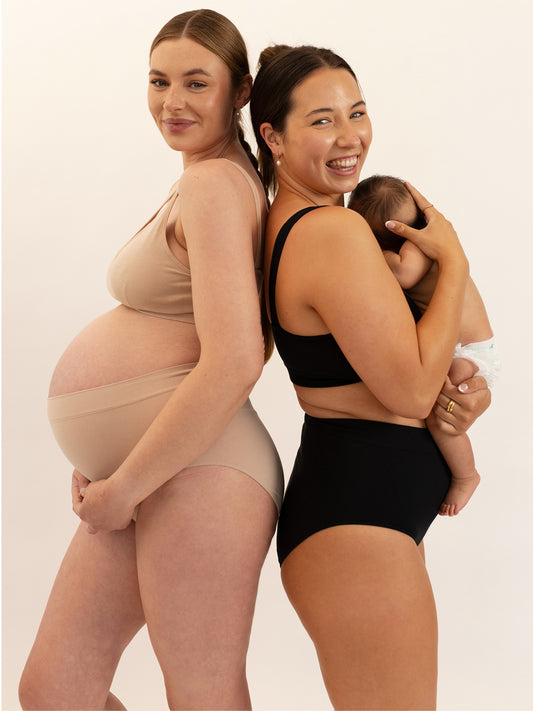Clare Keys from The Womb Rooms explains 7 things you can experience
straight after giving birth.
Including post-birth recovery tips.

Clare has been a Registered Midwife for the past 15 years, working within the hospital system. In recent years, she's expanded her qualifications to become an Endorsed Midwife and an International Board-Certified Lactation Consultant (IBCLC).
"There’s so much I love about this work. The connections I form with women and families are incredibly special; there’s something uniquely powerful about the relationships built in and around birth. It’s such a vulnerable time, and being invited into that space to listen, support, and walk alongside someone is an privilege I never take for granted.
I love witnessing those moments when mothers feel confident and things fall into place and equally, I value being there when things feel hard or don’t go to plan, helping them feel held and less alone. One of the most rewarding parts is helping families understand what’s truly “normal” in those early weeks, so they can let go of stress and find more joy in the experience."
There’s a wide range of physical changes women can experience in the first few weeks after birth, and these can vary depending on the type of birth and individual circumstances. Some of the more common changes include:
#1 Bleeding
Post-birth bleeding can last up to six weeks. It usually starts bright red, then gradually changes to brown, yellow, and becomes lighter and more watery. You might notice heavier bleeding when breastfeeding or after physical activity, this is your body’s way of telling you to slow down.
#2 Breast changes
If you're breastfeeding, you may experience fullness, engorgement, lumpiness, or leaking. These changes are part of your milk supply adjusting to your baby’s needs.
#3 Postpartum sweats and temperature fluctuations
Many women experience intense night sweats in the early weeks. This is a normal response to hormonal shifts and the body shedding excess fluid, but it can feel
quite intense.
#4 Afterbirth pains
These are cramp-like sensations caused by the uterus contracting back to its
pre-pregnancy size. They often feel stronger during breastfeeding and tend to be more noticeable with second or subsequent babies.
#5 Pelvic floor and perineal sensations
Even without stitches or tearing, many women feel heaviness, stinging, or
weakness in the pelvic area. This is a normal part of the healing and
recovery process as tissues and muscles begin to repair.
#6 Wound discomfort
If you’ve had a caesarean or perineal stitches, it’s normal to feel tenderness,
stinging, or a pulling sensation as the wound heals. However, any increase in pain, redness, swelling, discharge, or an unusual smell should be checked by a healthcare provider.
#7 Constipation
Hormonal changes, reduced mobility, pain relief medications, or fear of discomfort can contribute to constipation in the early postpartum period. Staying hydrated, eating
fibre-rich foods, and moving gently may help.
If something doesn’t feel normal it probably isn’t, and I would encourage any women in this position to reach out to their caregiver.

Postpartum Recovery
One of the most important messages I share with new mothers is this: “your only job in the early days is to rest, feed yourself, and feed your baby”. If anything, else happens on top of that, it’s a bonus - not the expectation.
"Recovery after birth takes time, and honouring that process sets the foundation for long-term health and wellbeing."
Other important tips include:
Nourishment
Focus on whole foods, especially those rich in protein and healthy fats to support tissue repair and energy. Hydration is also crucial—especially if you're breastfeeding, as fluid needs increase.
Rest, rest, and more rest
Your body has done something extraordinary. Sleep when you can, lie down often, and don’t feel guilty about doing "less." Healing takes priority.
Breastfeeding support
Early feeding challenges are common. If something feels off; pain, latch issues, baby not settling, t’s worth checking in with an IBCLC early to prevent small issues from becoming big ones.
Pelvic floor and abdominal support
Postnatal physio, can help with healing and recovery. Support garments or compression wear can also offer comfort and support.
Comfort measures
Ice packs, heat packs, peri bottles, and gentle care of any wounds or stitches
can ease discomfort and promote healing.
Emotional recovery
You’ve just gone through a huge physical and emotional transformation. Check in with yourself and others often.
Bouncing back quickly doesn’t do anyone any favours.
Be gentle, go slowly and enjoy the ride.
Brittnee wears our leakproof bandeau bralette for birth.
Visit The Womb Rooms



